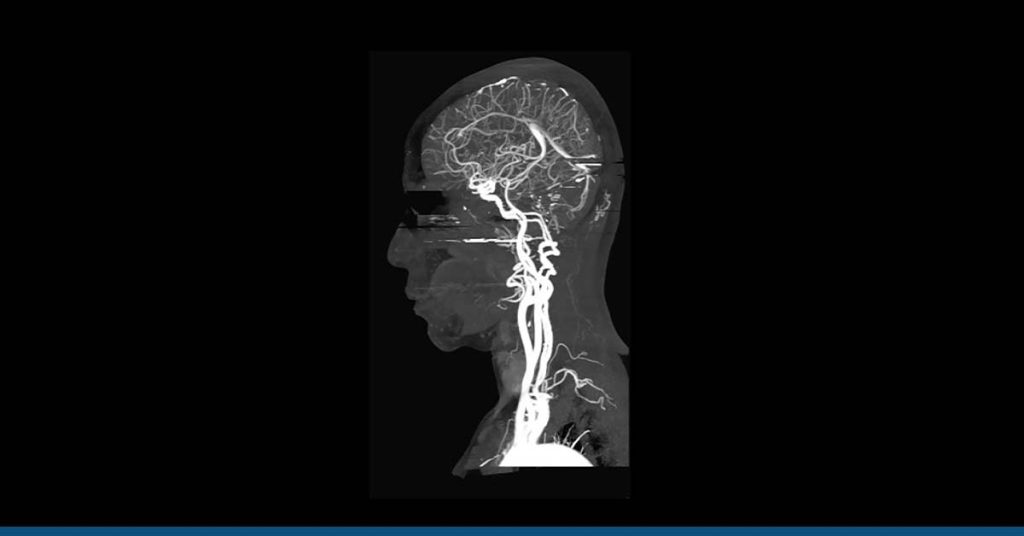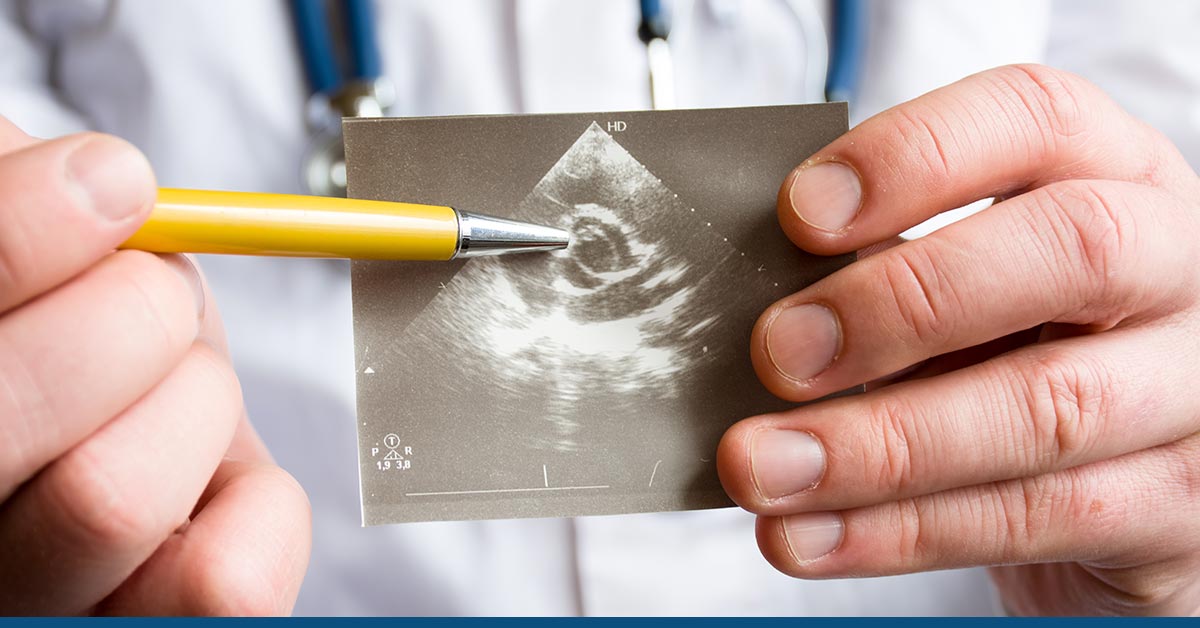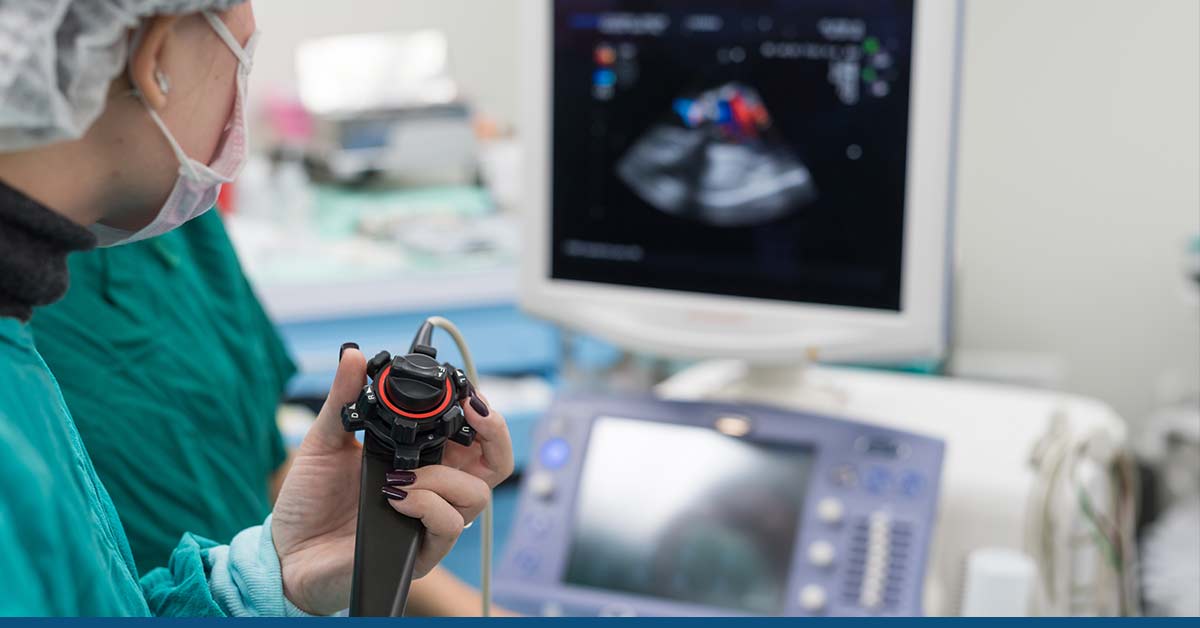Carotid Artery Aneurysm is a condition that affects the carotid arteries, which are the main blood vessels that supply the head and neck with oxygen-rich blood.
It is a rare condition that occurs when the wall of the carotid artery weakens and bulges outwards, forming a balloon-like swelling called an aneurysm.
Aneurysm in the carotid artery can be life-threatening if they rupture, causing internal bleeding and potentially fatal complications.
Early detection and treatment of carotid artery aneurysms are crucial to prevent the aneurysm from growing or rupturing.
Treatment options may vary depending on the patient’s size, location, and overall health. For example, smaller aneurysms may require close monitoring and observation, while larger aneurysms may require surgical intervention or endovascular repair.
Early detection of aneurysm in the carotid artery can be achieved through regular medical check-ups and imaging tests. If left untreated, carotid artery aneurysms can lead to serious complications such as stroke, brain damage, or even death.
Table of Contents
ToggleCarotid Artery Aneurysm Survival Rate
The carotid artery aneurysm survival rate varies depending on the aneurysm’s size and location. In general, smaller aneurysms have a lower risk of rupture and better outcomes than larger ones.
Risk Factors for Carotid Artery Aneurysm
Carotid artery aneurysms are a rare but potentially life-threatening condition that can occur in individuals of any age. However, certain risk factors increase the likelihood of developing this condition. Here are some of the common risk factors for carotid artery aneurysms:
Age: As we age, the risk of developing carotid artery aneurysms increases. Individuals over 60 are more likely to develop this condition than younger individuals.
Smoking: It is a significant risk factor. Tobacco smoke can damage the walls of the blood vessels, making them weaker and more susceptible to aneurysm formation.
High blood pressure: Uncontrolled high blood pressure leads to the weakening and bulging of the arterial walls, which can lead to aneurysms.
Family history: A family history of carotid artery aneurysms or other vascular conditions, such as aortic aneurysms, increases the risk of developing this condition.
Other risk factors: Other factors that may increase the risk of carotid artery aneurysms include atherosclerosis (build-up of plaque in the arteries), connective tissue disorders, trauma or injury to the neck, and infection.
Symptoms of Carotid Aneurysm
Carotid artery aneurysms are often asymptomatic, meaning they do not produce any noticeable symptoms. These aneurysms are often discovered incidentally during routine medical examinations or imaging tests for other conditions. However, in some cases, carotid artery aneurysms may produce symptoms related to the compression of surrounding structures or the aneurysm’s size and location.
Below are the common symptoms of carotid aneurysm:
Asymptomatic: As mentioned earlier, carotid artery aneurysms can be asymptomatic, and individuals may not experience any symptoms. However, monitoring aneurysms closely and seeking medical attention if new symptoms develop is still important.
Pain in neck or face: Pain in the neck or face is a common symptom of carotid artery aneurysms. It may be sharp, dull, or accompanied by tenderness or swelling in the affected area.
Difficulty speaking or swallowing: Carotid artery aneurysms that compress the surrounding nerves or structures can cause difficulty speaking or swallowing. This may be due to compression of the laryngeal nerve, which controls the vocal cords, or the hypoglossal nerve, which controls the tongue’s movement.
Others: Other less common symptoms of aneurysm in the carotid artery may include hoarseness, ear ringing, vision problems, and facial numbness or weakness. In severe cases, a ruptured aneurysm can cause sudden and severe symptoms such as a severe headache, blurred vision, confusion, and loss of consciousness.
Diagnosis of Carotid Artery Aneurysm
Carotid artery aneurysms are often discovered incidentally during routine medical examinations or imaging tests for other conditions. However, suppose an individual is experiencing symptoms related to a carotid artery aneurysm or is at high risk due to other medical conditions or family history. In that case, diagnostic tests may be necessary to confirm the presence of an aneurysm and determine its size and location.
Here are some of the common diagnostic tests used to diagnose carotid artery aneurysms:
Physical examination: A physical examination checks for signs of a carotid artery aneurysm, such as a pulsating mass in the neck or an abnormal sound called a bruit heard through a stethoscope.
Imaging tests: These are the most common way to diagnose carotid artery aneurysms. These may include ultrasound, CT scan, or MRI. Ultrasound uses sound waves and creates images of the blood vessels. CT and MRI scans use X-rays and magnetic fields for imaging.
Angiography: Angiography involves injecting a contrast dye into the blood vessels and taking X-rays to visualize the blood flow and identify abnormalities such as aneurysms. This test may be performed in cases where other imaging tests are inconclusive or when surgery or endovascular repair is planned.
Treatment Options for Carotid Artery Aneurysm
The treatment for a carotid artery aneurysm depends on its condition. Some treatment options for carotid artery aneurysms are:
Observation: In cases where the aneurysm is small and not causing any symptoms, healthcare providers may recommend regular monitoring through imaging tests to track its growth and evaluate the need for treatment.
Medications: Medications such as beta-blockers, ACE inhibitors, and calcium channel blockers may be prescribed to manage high blood pressure and reduce the risk of aneurysm growth or rupture.
Surgery: Surgery may be necessary in cases where the aneurysm is large or causing symptoms or if there is a high risk of rupture or dissection. The surgical procedure may involve removing the damaged portion of the artery and replacing it with a graft or performing a bypass to redirect blood flow around the aneurysm.
Endovascular repair: This procedure involves placing a stent graft or coil into the aneurysm to divert blood flow away from the weakened portion of the artery. This approach may be a viable alternative to surgery in some cases.
Importance of HG Analytics in Managing Carotid Artery Aneurysm
One case study involving the timely diagnosis of a carotid artery aneurysm through HG analytics involved a 65-year-old male patient with a history of hypertension and smoking. The patient had no symptoms of a carotid artery aneurysm but was identified as high risk based on his demographic and medical history data using predictive modeling algorithms.
The patient was then referred for carotid ultrasound screening, which revealed the presence of a small aneurysm in the right carotid artery. Due to the early detection of the aneurysm, the patient was able to undergo a minimally invasive endovascular repair procedure, which successfully treated the aneurysm and prevented the risk of rupture.
Through HG analytics, this patient received an early diagnosis of a carotid artery aneurysm, which led to the implementation of targeted screening and diagnostic protocols and timely treatment. This timely intervention prevented the aneurysm from progressing, potentially causing life-threatening complications such as stroke or rupture.
This case study highlights how HG analytics timely identified carotid artery aneurysms and facilitated early detection and treatment. Healthcare providers can improve patient outcomes and save lives by leveraging data and analytics.
Conclusion
In conclusion, carotid artery aneurysm requires prompt diagnosis and treatment to prevent life-threatening complications such as stroke or rupture. While the condition may be asymptomatic in its early stages, risk factors such as age, smoking, high blood pressure, and family history can increase the likelihood of developing an aneurysm.
HG analytics can help identify individuals at high risk for the condition and facilitate targeted screening and diagnostic protocols.





